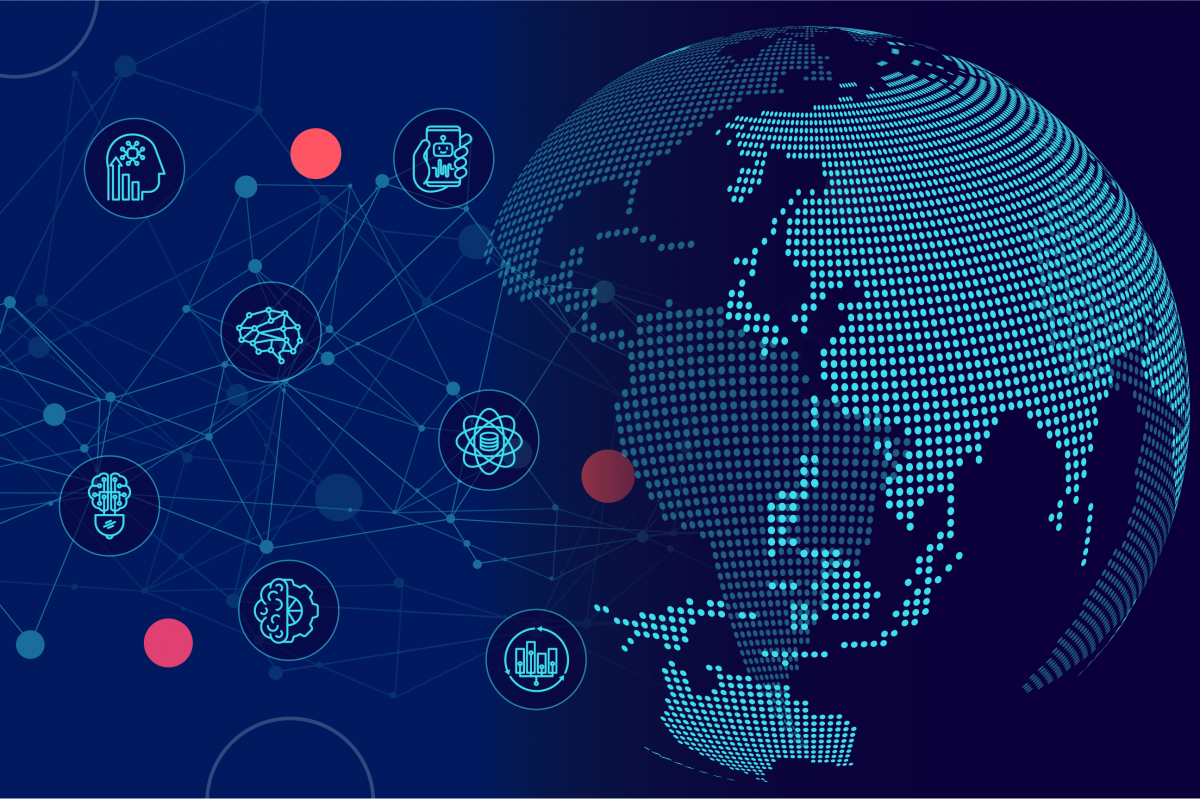About
Who we are
 The United Nations Geospatial is comprised of a team of geospatial experts in the Office of Information and Communications Technology, Global Service Centre and further offices in peace operations and their field missions.
The United Nations Geospatial is comprised of a team of geospatial experts in the Office of Information and Communications Technology, Global Service Centre and further offices in peace operations and their field missions.
The office also has Co-Secretariat responsibilities, with the Statistics Division, to the United Nations Committee of Experts on Global Geospatial Information Management (UN-GGIM).
Contact us by email at: geospatial@un.org
What we do
 The Geospatial services of the Secretariat aim for the effective, efficient and universal use of geospatial information in support of all mandates and operations of the United Nations for a better world. The specific geospatial services are detailed under Secretariat services and the overall Secretariat role, and include general cartography and thematic maps, geospatial data management, earth observation, advanced analytics, webservices, guidance and Secretariat responsibilities to UN-GGIM.
The Geospatial services of the Secretariat aim for the effective, efficient and universal use of geospatial information in support of all mandates and operations of the United Nations for a better world. The specific geospatial services are detailed under Secretariat services and the overall Secretariat role, and include general cartography and thematic maps, geospatial data management, earth observation, advanced analytics, webservices, guidance and Secretariat responsibilities to UN-GGIM.
The vision, mission and goals of the services are presented in the Geospatial Strategy of the United Nations.
For further information, go to What we do.
History

Since the establishment of the United Nations in 1945, maps and geospatial information have played a critical role in illustrating the ever-changing geography of the world in particular through decolonization and the creation of new independent States or regional organizations. Geography, and geospatial information, plays a key role as can be attested by the many experts’ bodies which dealt, or still discuss, its role at global, regional or national levels for the benefit of societal, economic and environmental advancements, as captured in the Sustainable Development Goals.
History is ripe with lessons to be learned and the history of cartography, geography and geospatial information in the UN is also significant about the importance of the role of geospatial information, its use for the support and delivery of mandates of the Organization and the interest of States to use it for effective decision-making for a better world.
Evolving technologies

Geospatial data and technology are increasingly used by governments, organizations and businesses for their decisions. Geospatial data and technology has been used throughout the Organization history to deliver on its mandates and activities. The rapid pace of geospatial technology advancements such as increased automation, the Internet of Things, Big Data, Artificial Intelligence and machine learning offer challenges and opportunities to further harness geospatial data and technology can provide insight and impact for the benefit of people, places and planet.
Frequently asked questions

Can’t find the answer you are looking for on our website ? Find our frequently asked questions to help you out

